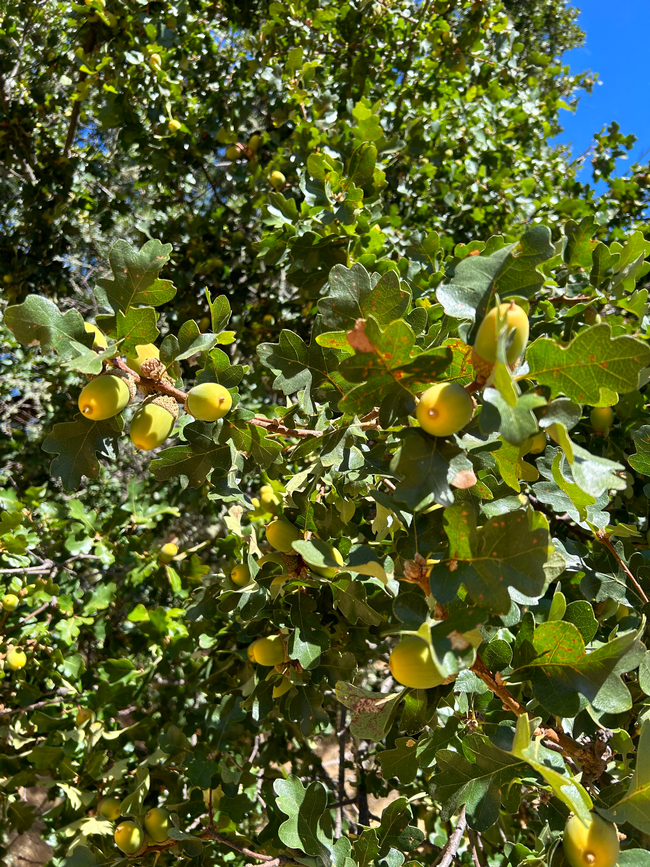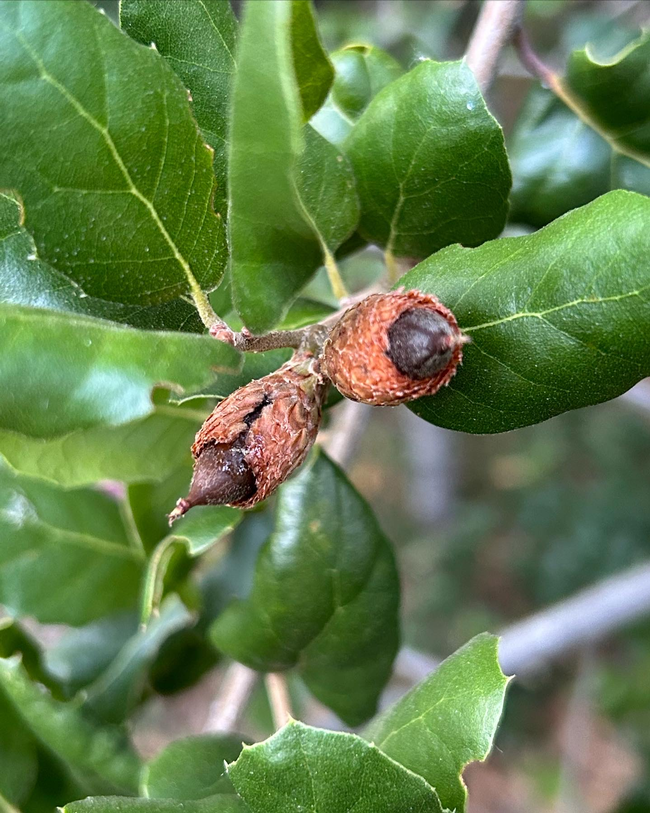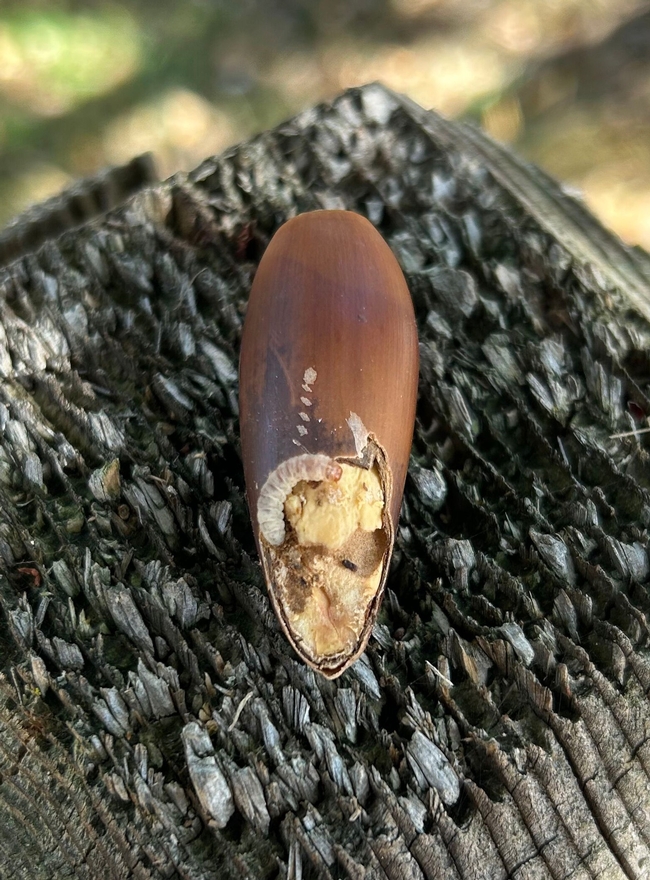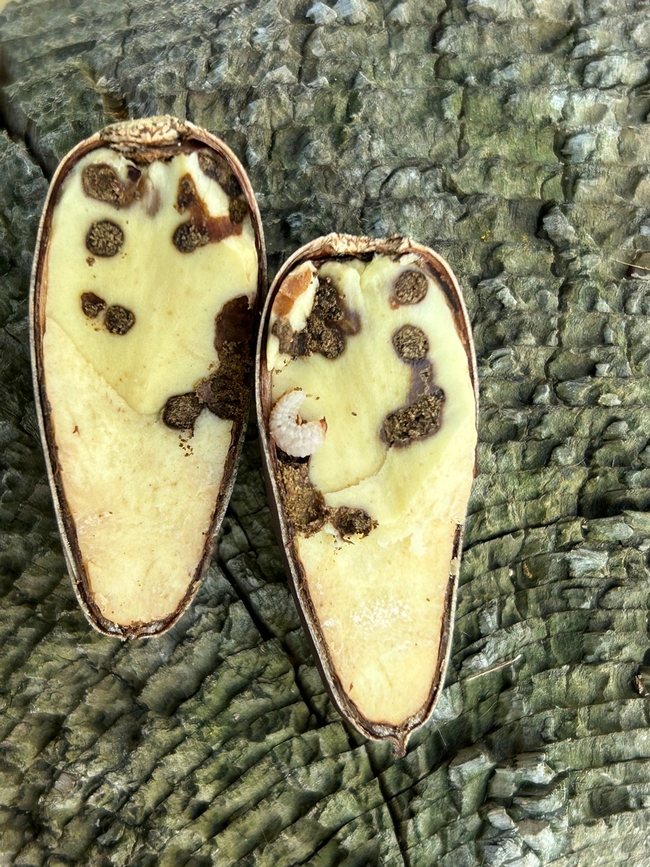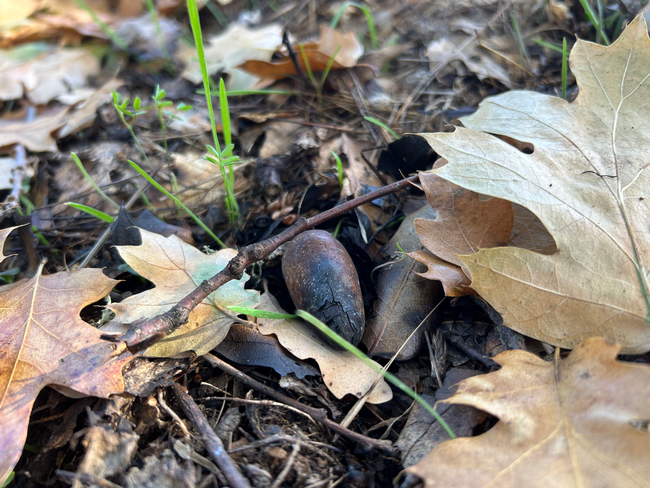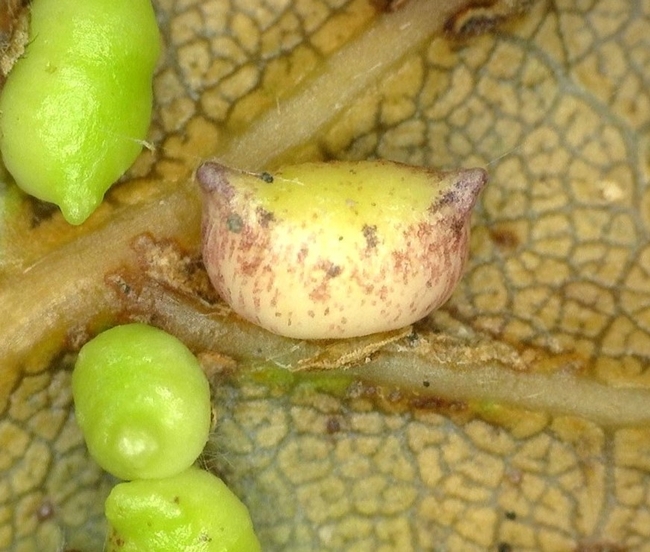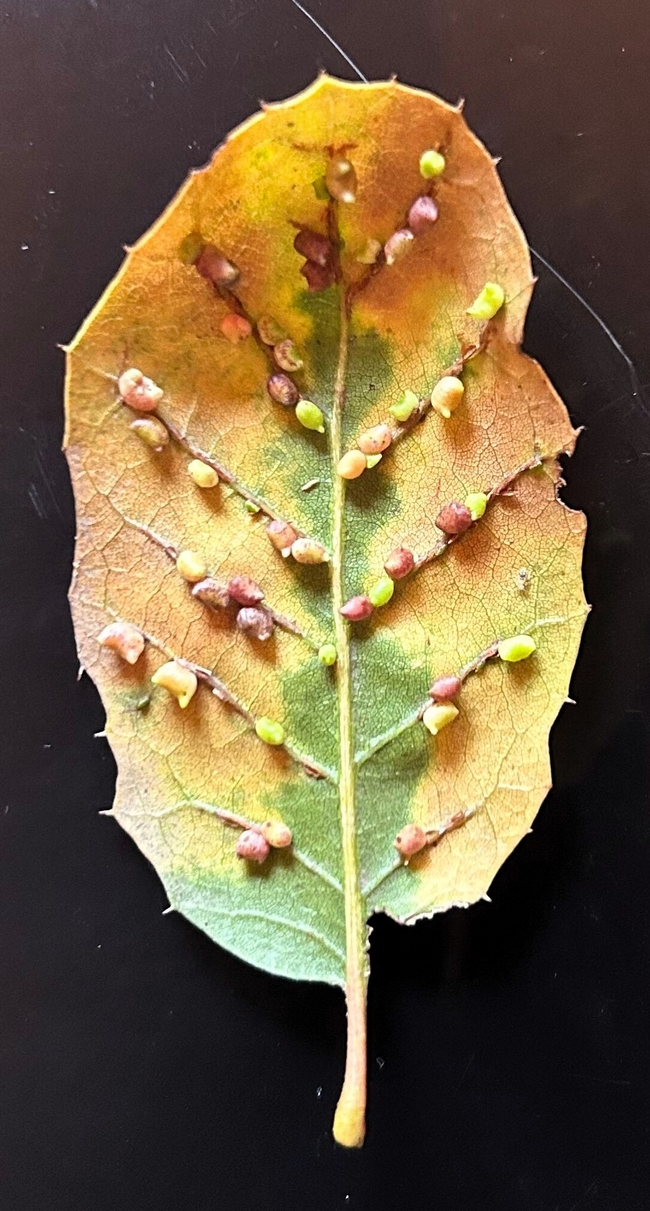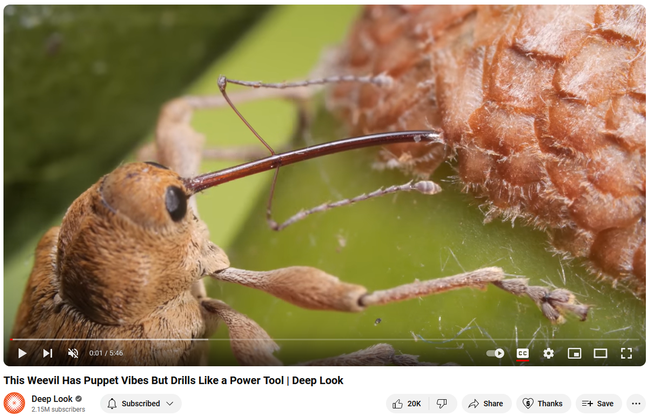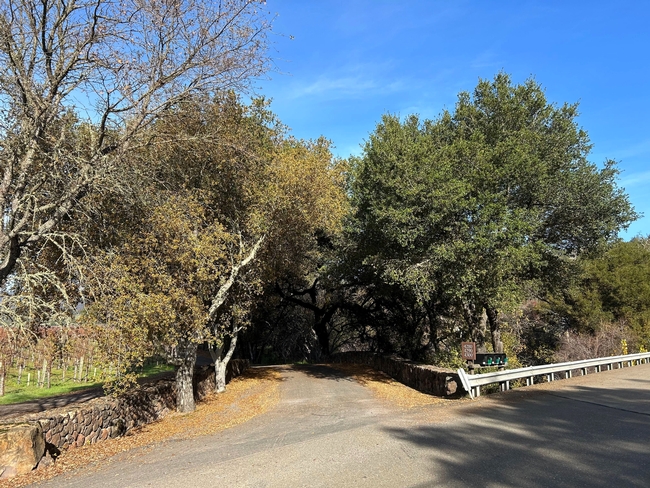From an entomologist's perspective, 2023 couldn't have been a more interesting year for oak pests!
The first sign of great and awesome things to come was in the spring when it became clear many oaks were going to produce abundant acorns. I wouldn't call it a mast year, since there weren't entire populations of oaks producing acorns. But, looking at individual trees or sites, there were trees (coast live oak, valley oak, blue oak, Oregon white oak, and scrub oak) throughout Sonoma and Mendocino Counties loaded with acorns. And when you get lots of acorns, you can expect acorn pests!
Coast live oak acorns with drippy nut.
But, what causes the wounds that introduce the bacteria to the acorns? Well, it can be many different things, including physical damage or things that feed on acorns. Perhaps the coolest of the things that eat acorns are the insects that rely on the acorn for their food and reproduction, acorn weevils (filbert weevil) and filbertworms.
Valley oak acorn infested with an filbertworm.
Valley oak acorn infested with an acorn weevil.
Acorn weevils are weevils (cousins of the bark beetles) and filbertworms are moths. Both insects (of which there are several species) lay eggs on or in the meat of an acorn and their offspring, or larvae, grow up inside the acorn eating the meat. Once the acorns fall to the ground, larvae chew their way out and overwinter in the litter beneath the tree. The following spring, the larvae pupate and emerge as adults to start the life cycle over again. As you can imagine, there are lots of predators and competitors in the soil and litter beneath oak trees that would impact the survival of these insects.
These acorn pests and diseases may sound fairly significant, but they are generally not considered serious pests of concern. In the trees I was monitoring this year, 15-20% of acorns had some kind of pest damage. While not a small number, that still left a lot of healthy acorns that dropped in the winter. Even if an acorn was infested with an insect, as long as the cotyledons were still intact, the acorn still had a chance of germinating.
The acorn weevil is one of my favorite insects, not just because they are ridiculously cute, but because they have such interesting life cycles and behaviors. For a really fun dive into the life of acorn weevils, check out the Youtube video This Weevil Has Puppet Vibes But Drills Like a Power Tool produced by KQED's Deep Look. (I helped the producers collect the weevils featured in the video).
Acorn damaged from a prescribed burn.
The timing of these acorn drops makes it seem like the oaks are "using" fire to help control the pests of the seeds. Well, they are... in a sense. Oaks have co-existed with fire (both from lightning and Native Californians using fire as a tool) for thousands of years so holding on to healthy acorns until after fire season is one more fire-adapted strategy exhibited by the oaks.
While I was following acorn pests throughout the year, in early December I started to receive questions about coast live oak with leaf discoloration and loss in Sonoma County.
A landowner contacted me saying that his trees were heavily infested with
twohorned oak gall wasp (thanks to an ID by my colleague Cindy Kron, Area IPM Advisor) and asked if I had any management recommendations. I'd never seen an outbreak of twohorned oak gall wasp, so I wasn't sure what to say and went to check it out.
Other than the heavily infested leaves dropping from the trees, they appeared to be healthy. The twigs and buds were still intact and healthy and new growth (~1 year old) did not appear to be infested.
I suspect trees infested with the gall wasp will be fine and new foliage will grow to replace what senesced this winter. It seems this is likely an aesthetic pest, which rarely if ever results in tree mortality. I am continuing to monitor phenology of the insect to better understand the infestation dynamics. But even at this point, other than the most heavily infested trees, it's getting harder to find healthy galls. I'm also curious to see what happens to all the galls that fall to the ground, do they survive?
My recommendation to the landowner and others has been to do nothing. Chemicals are not likely to be very effective and there doesn't seem to be much value in sanitation pruning. Maybe if there are a lot of galls on the ground beneath the tree, rake up some of the infested material or leaf blow it away from the tree. Otherwise, keep an eye on the trees and see how they look next spring.
I'm not sure where the gall wasps came from and what conditions led to an outbreak. But presumably, they occur on the landscape at some level and conditions were perfect for an outbreak. It will be interesting to see if this current outbreak persists and what if any effect it has on the trees.
These are just some of the more interesting endemic oak pests I observed this year. There are so many more and we'll see what appears in the months to come. Keep and eye on your tree and reach out to me or your local Cooperative Extension advisor if you have any questions or concerns. Check out
UC Oaks for all things oaks!
